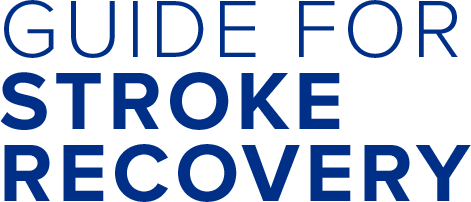If you have diabetes, your blood sugar levels will be affected. High blood sugar levels can damage your blood vessels and increase your chance of a heart attack or stroke. When diabetes is treated and well-managed, those risks decrease.
The table below describes the different types of diabetes.
| Types of Diabetes | Description |
| Type 1 | 10% of people with diabetes. The pancreas does not make insulin. Insulin injections are required. |
| Type 2 | 90% of people with diabetes. The pancreas cannot make enough insulin or the body does not properly use the insulin it makes, or both. Managed with diet alone or diabetes medications (pills, insulin or both). |
| Gestational | Can occur during pregnancy. Can increase risk of developing Type 2 diabetes. |
What are healthy blood sugar ranges for most people with diabetes?
- People with diabetes may have blood sugars that go too low or too high. This can cause serious health problems. Checking your blood sugar levels regularly can help.
- A member of your diabetes team will help you learn the best times to test your levels. Some people need to check often and others less often or not at all.
- Keeping track of your blood sugar levels, on your glucose meter (glucometer) or recording them in a log book, can help you and your health care team manage your blood sugars.
Here are general blood sugar targets:
In the morning before you eat or drink (also called fasting blood sugar): 4 to 7 mmol/L
After eating (2 hours): 5 to 10 mmol/L
Most people should aim for Hemoglobin A1C of 7% or lower. This is a blood test that shows how your blood sugars have been over the past 3 months.
How can you keep healthy blood sugar levels?
| Taking part in physical activity | Stay active with regular exercise |
| Eating healthy | Eat 3 balanced meals per day. Eat snacks as needed. Space meals no more than 4 to 6 hours apart. Eat more high fibre foods. Choose foods lower in salt, sugar and fat more often. If you are thirsty, drink water. Talk to a Registered Dietitian. |
| Monitoring blood sugars | Monitor as discussed with your health care team |
| Knowing the signs of low blood sugars | Signs of low blood sugar may include: rapid heart rate, sweating, shaking, hunger and headache. Know how to treat low blood sugar. Speak with your health care team to find out what works best for you. |
| Knowing the signs of high blood sugars | Signs of high blood sugar may include: increased thirst, passing more urine, weight loss, fatigue, increased appetite, blurred vision, feeling light- headed, feeling sick (nausea) or vomiting. Know how to treat high blood sugar. Speak with your health care team to find out what works best for you. |
Having read the information in this section, consider the following questions
- Do I know what my blood sugar targets are?
- Do I know what the signs are if my blood sugar is too low?
- Do I know what can cause low blood sugars?
- Do I know what to do if my blood sugar level gets too low?
- Do I know what the signs are if my blood sugar is too high?
- Do I know what can cause high blood sugars?
- Do I know what to do if my blood sugar level gets too high?
- Do I know how often I should be checking my blood sugars?
- Do I know what medications I should be taking and when to take them?
- Do I know how to plan my meals to help manage my diabetes?
- If I need a glucometer kit, do I know how to use it?
- Do I know what my glucometer readings mean?
